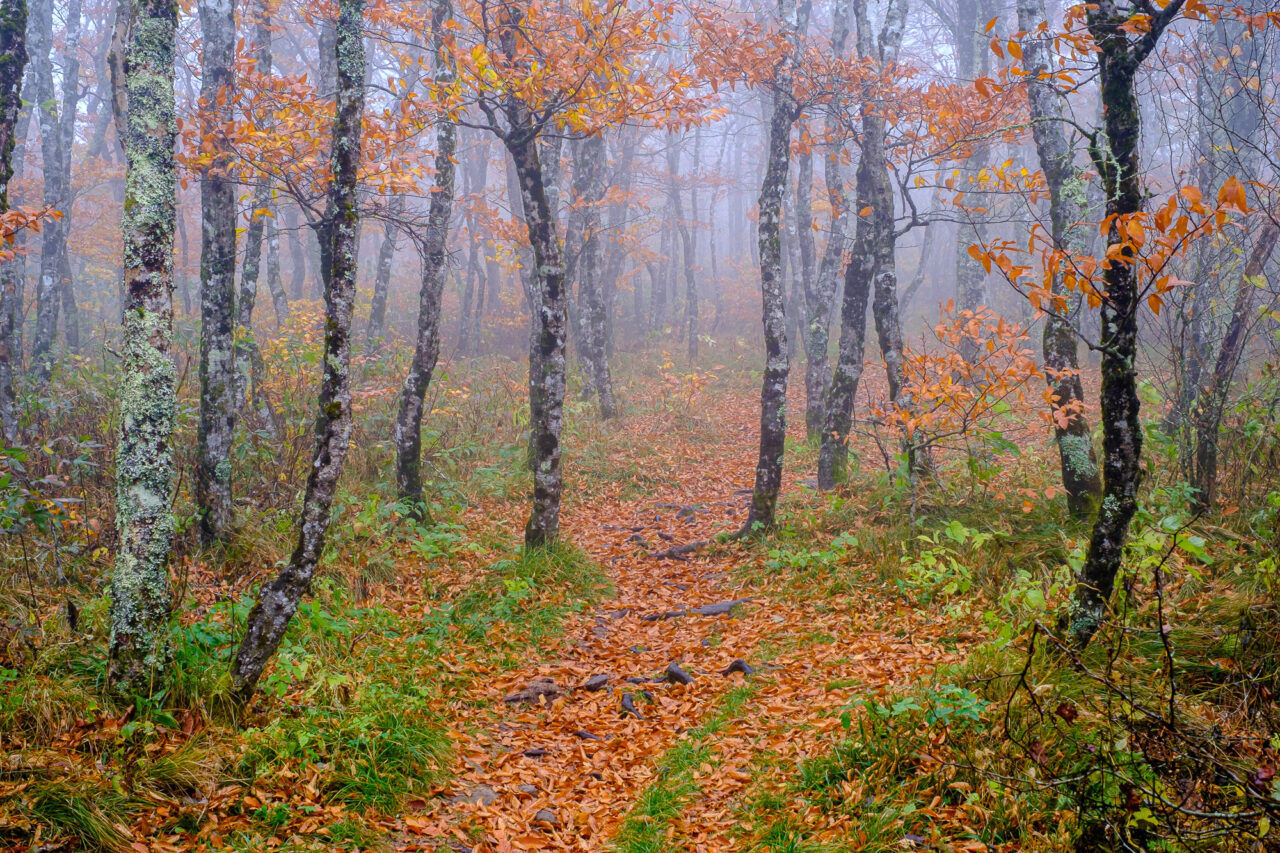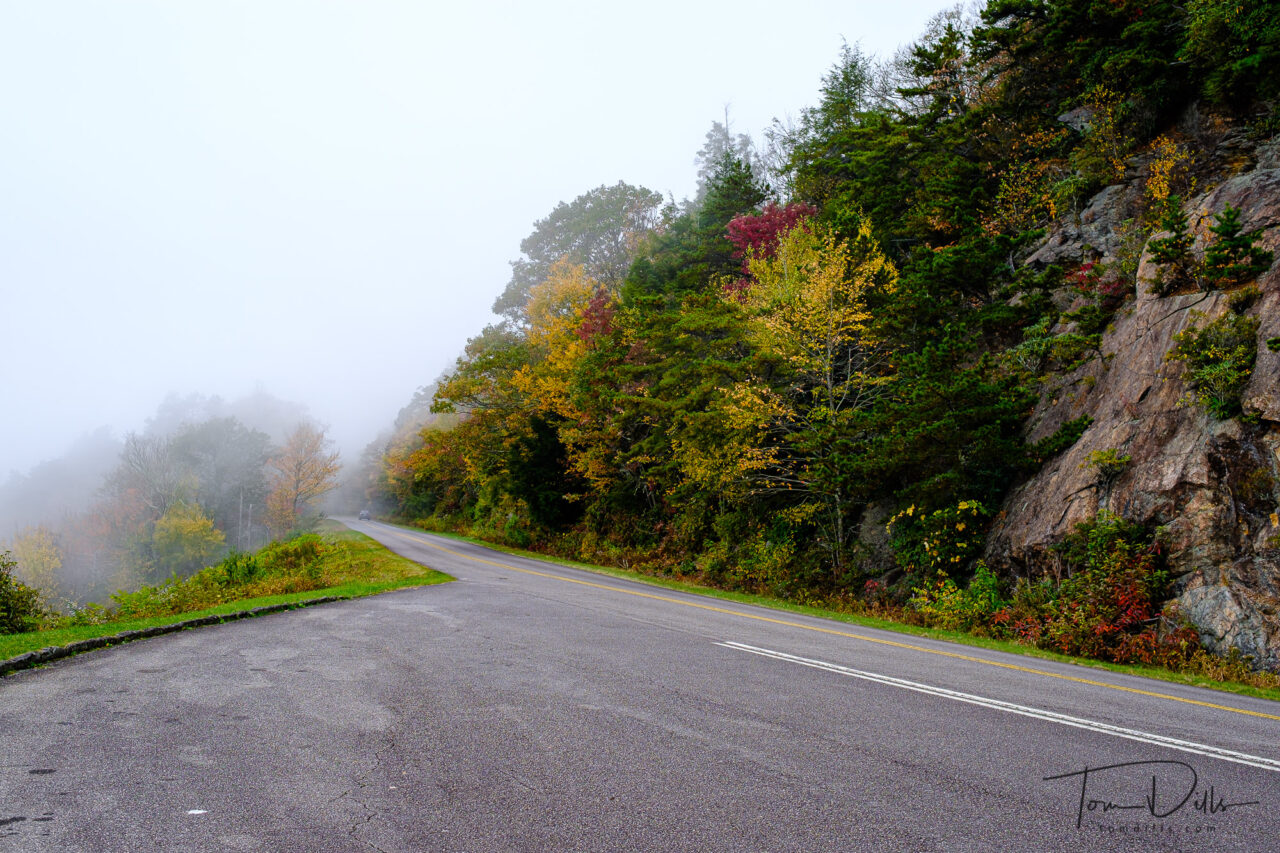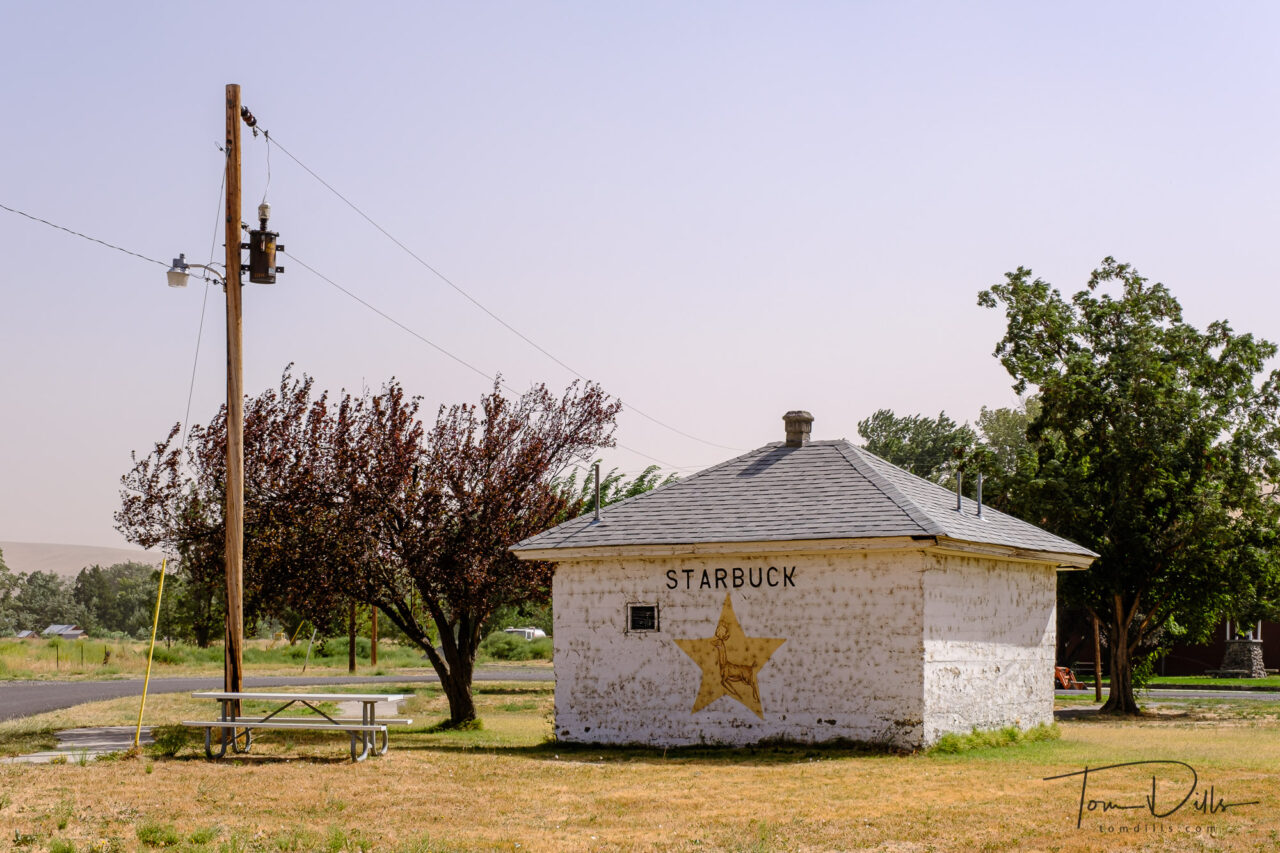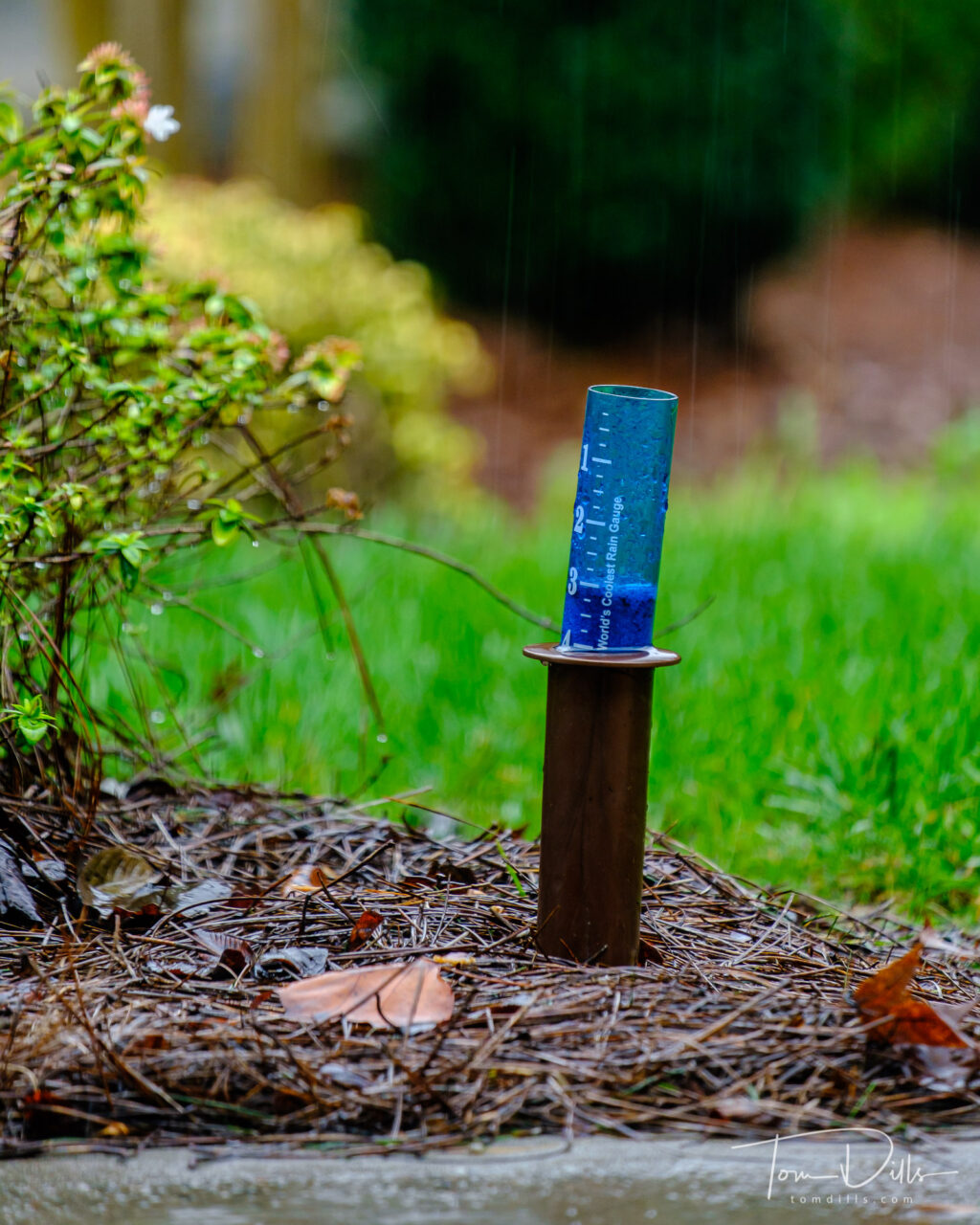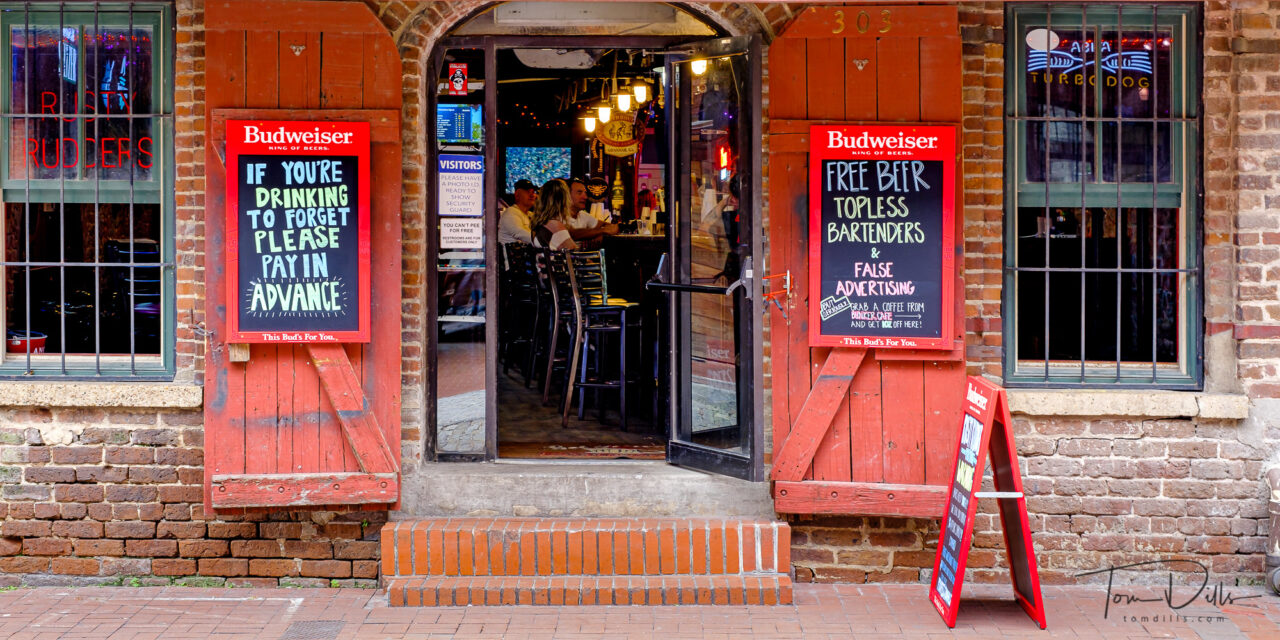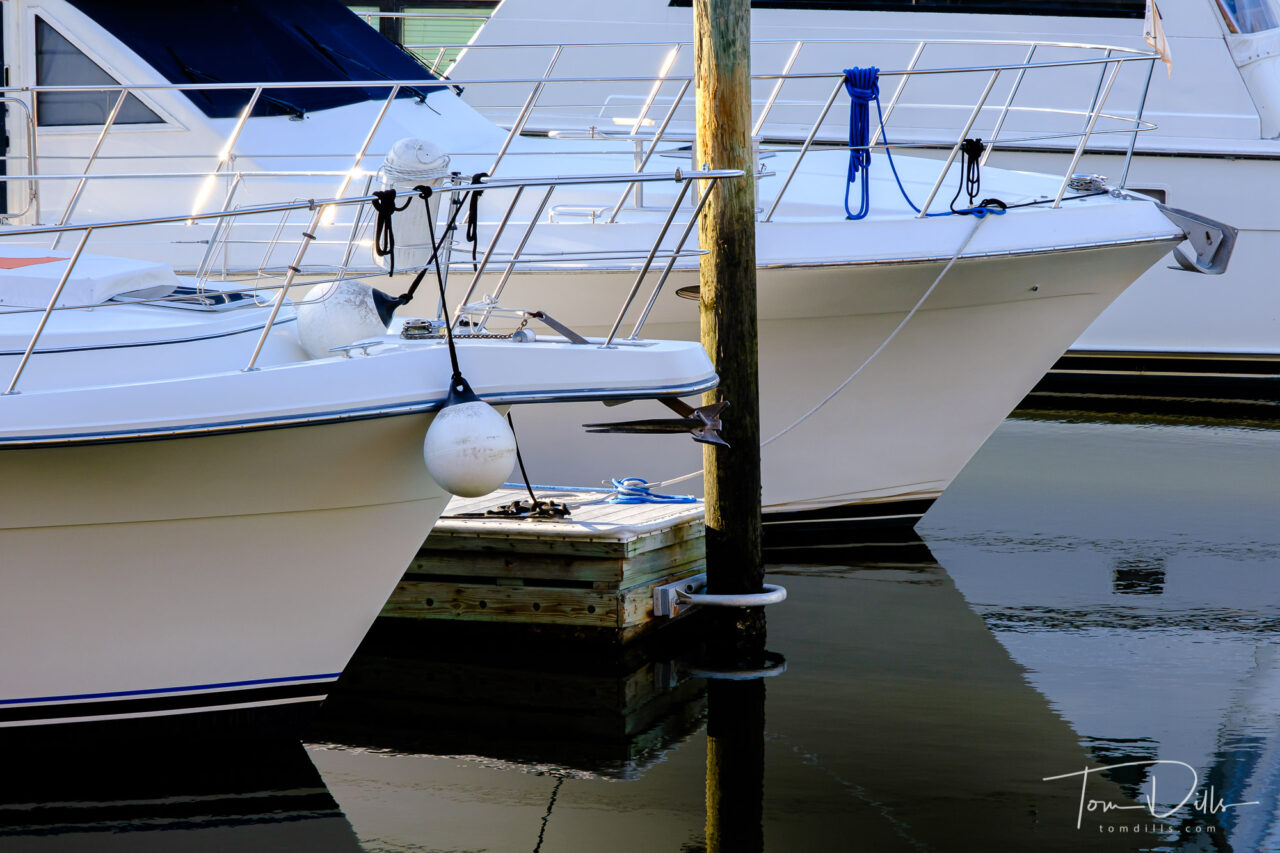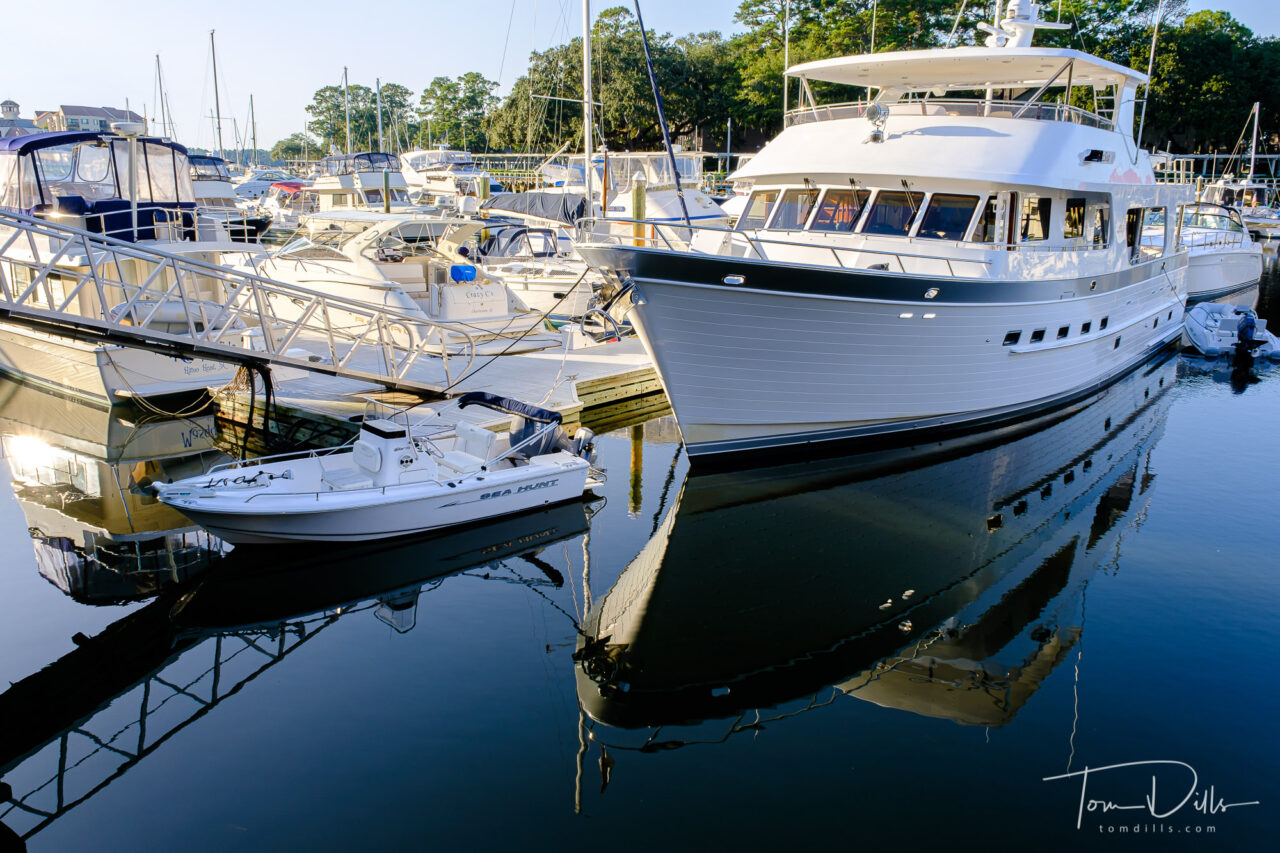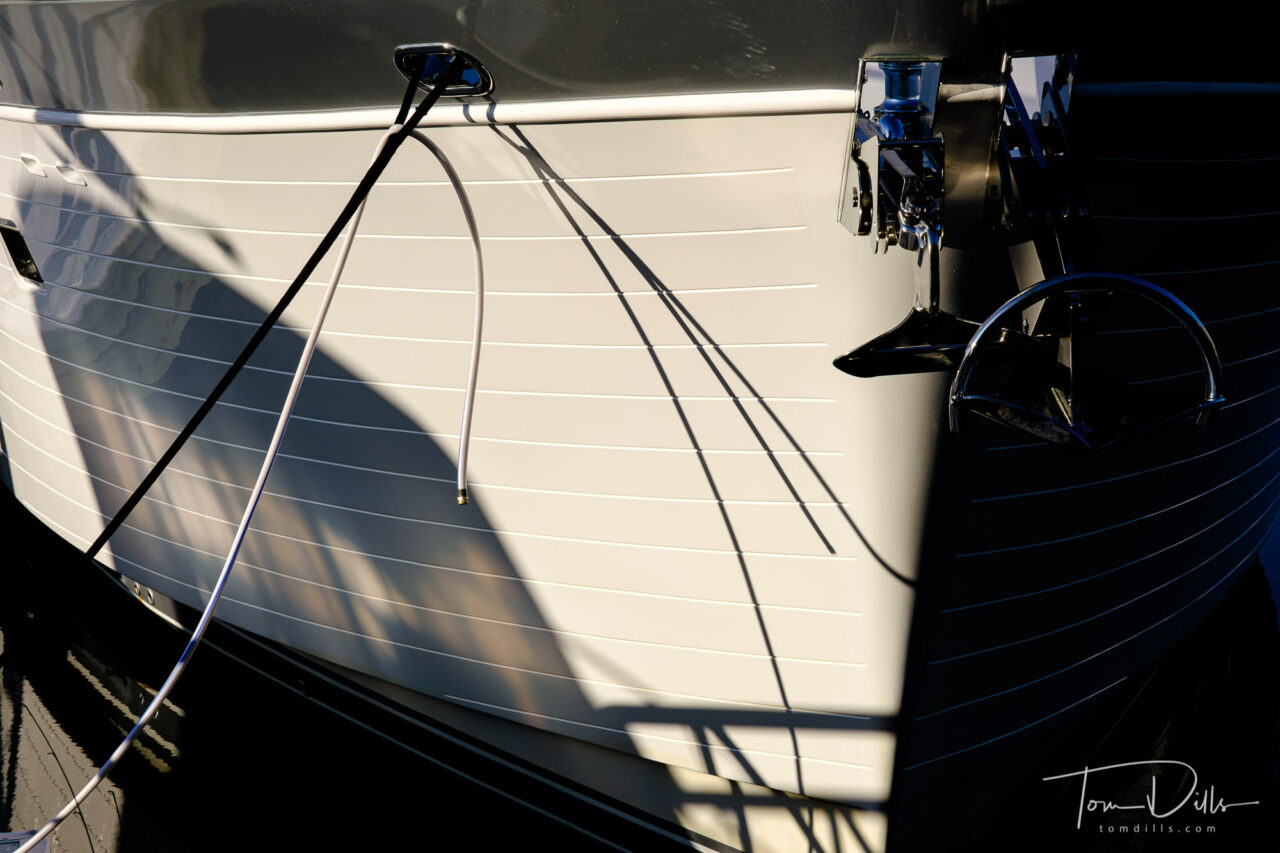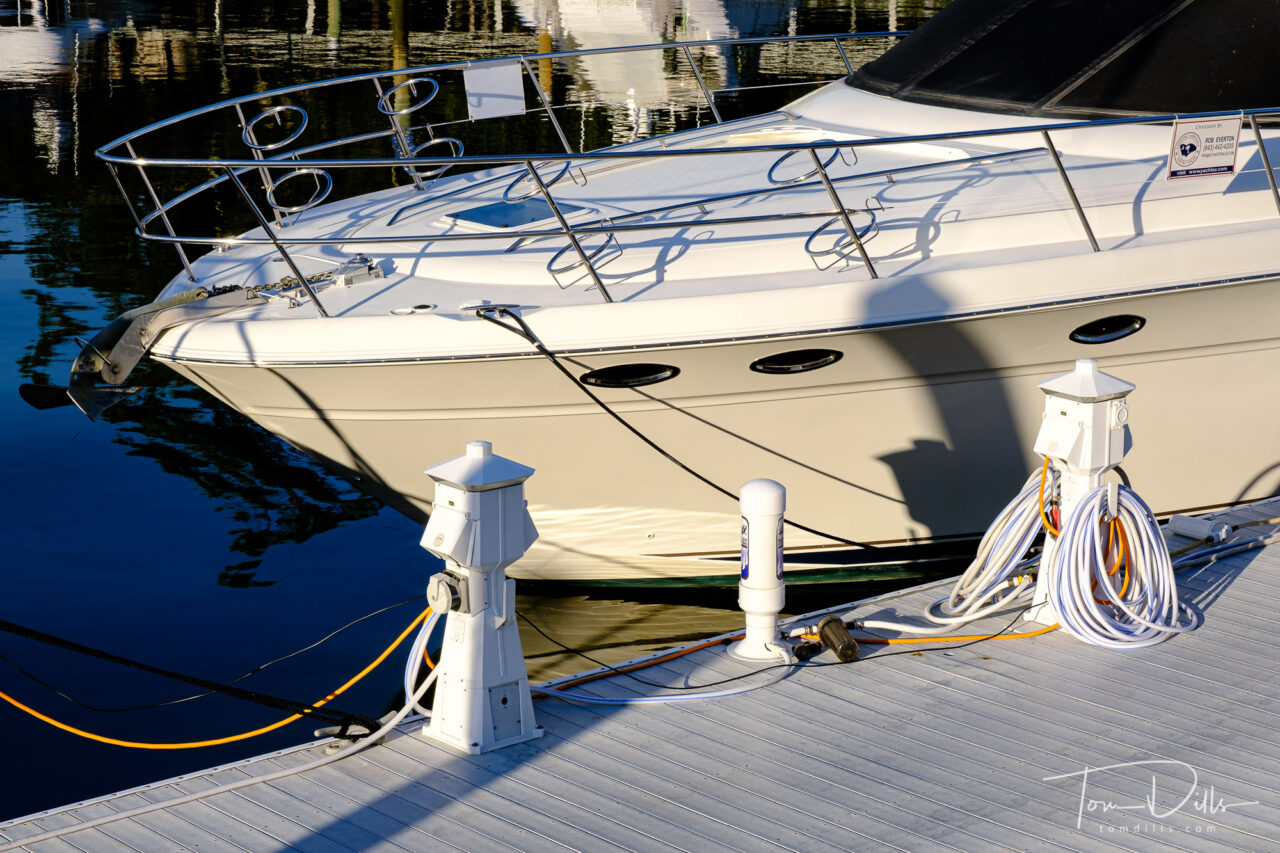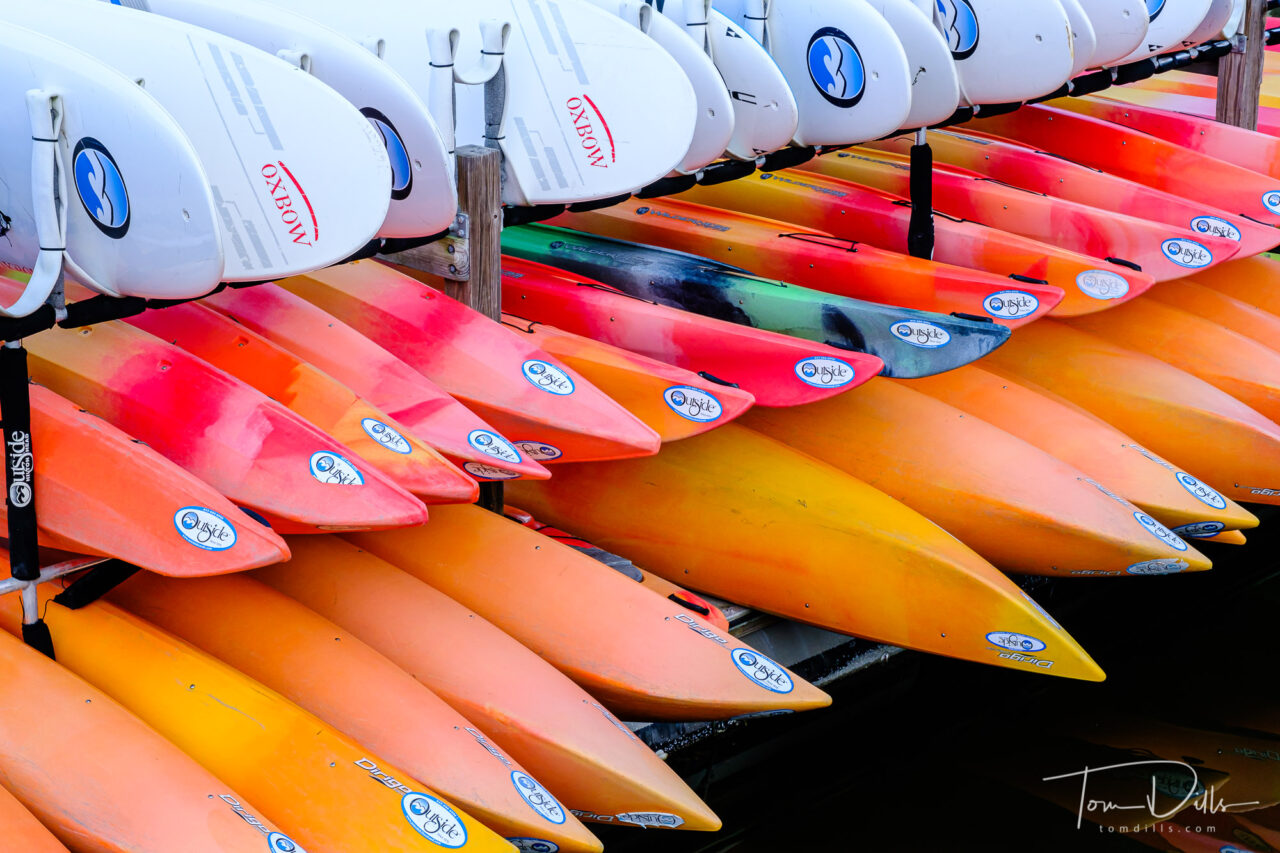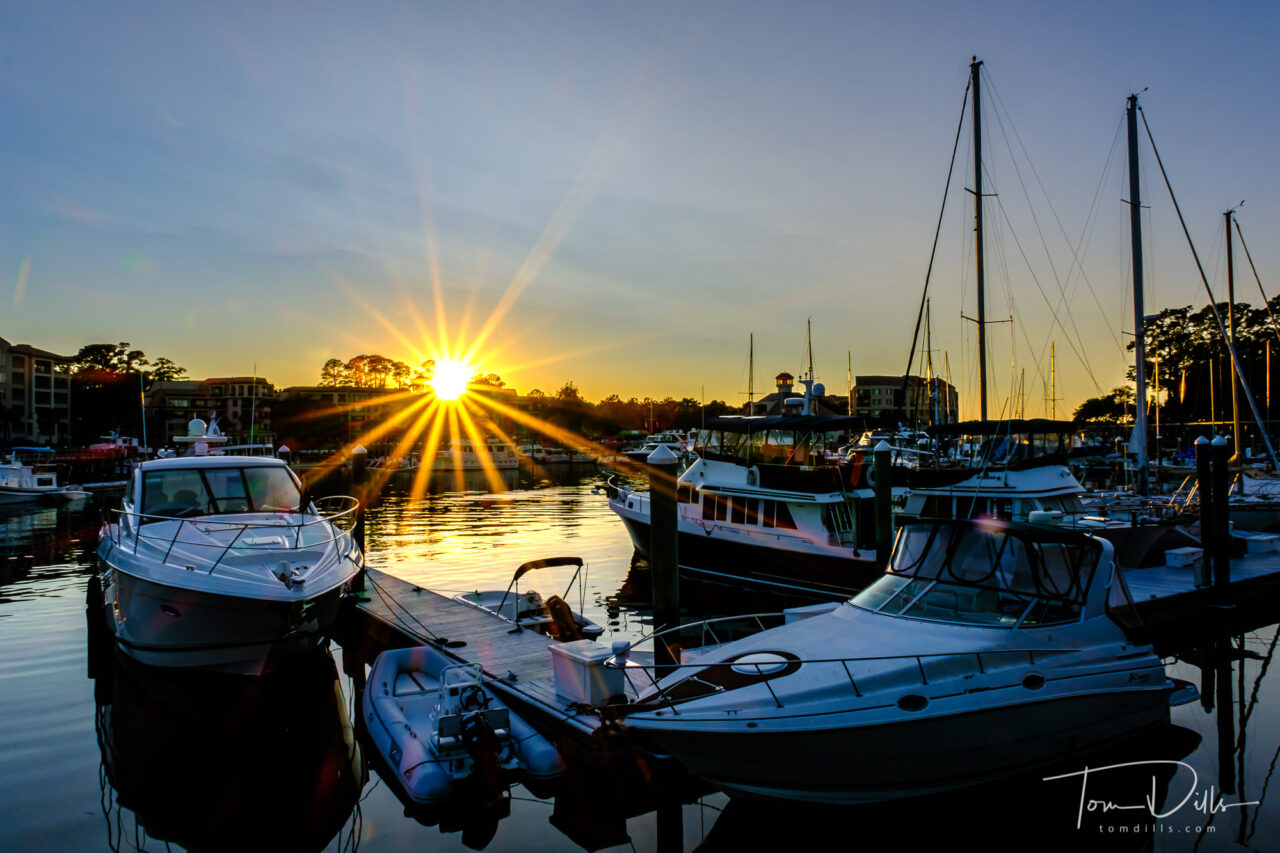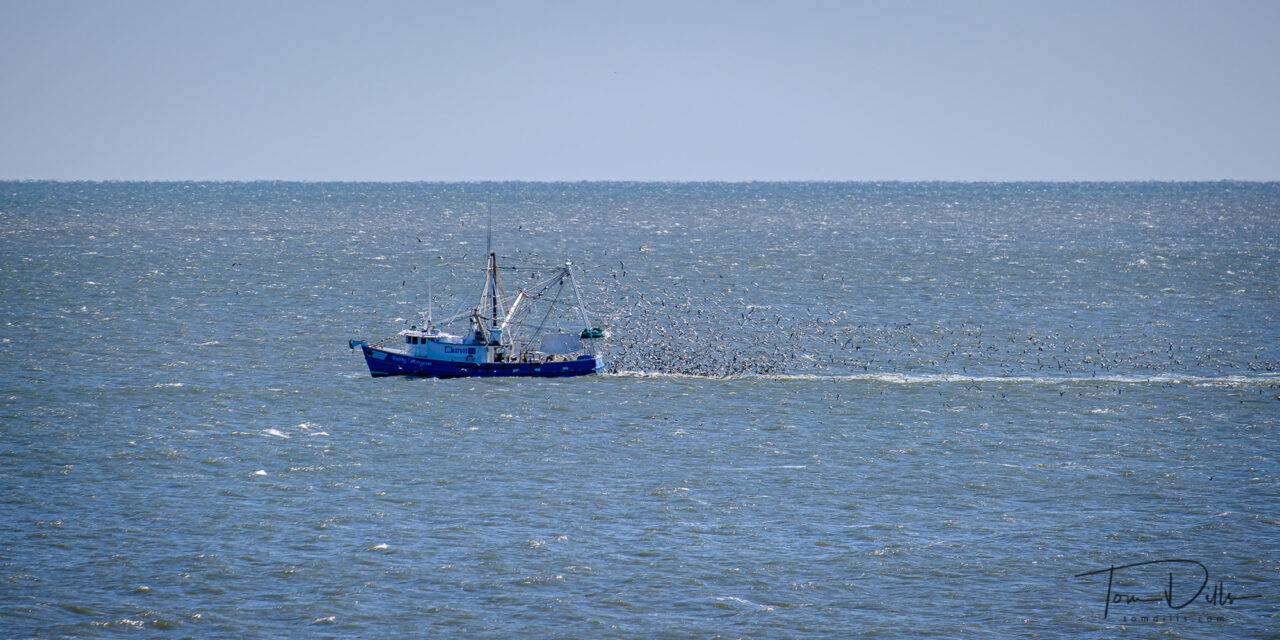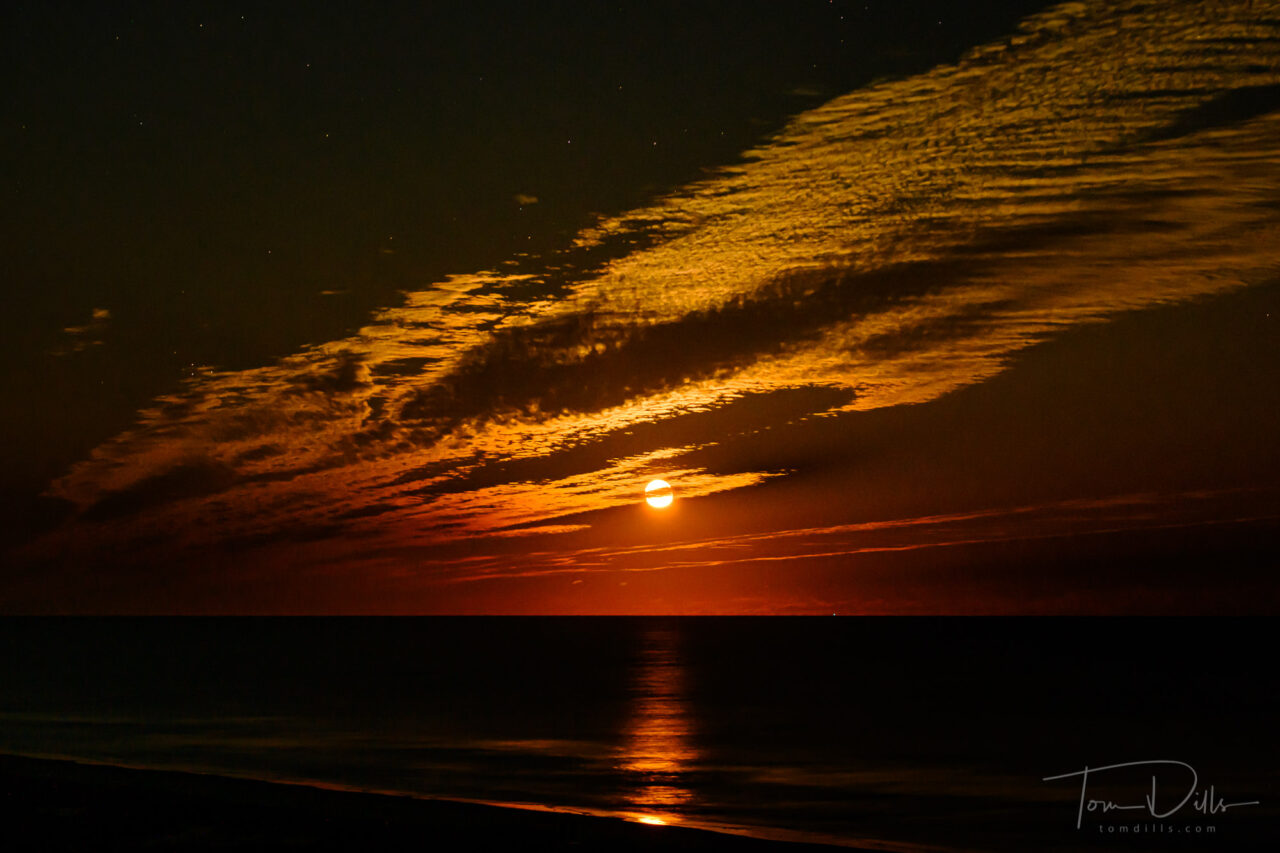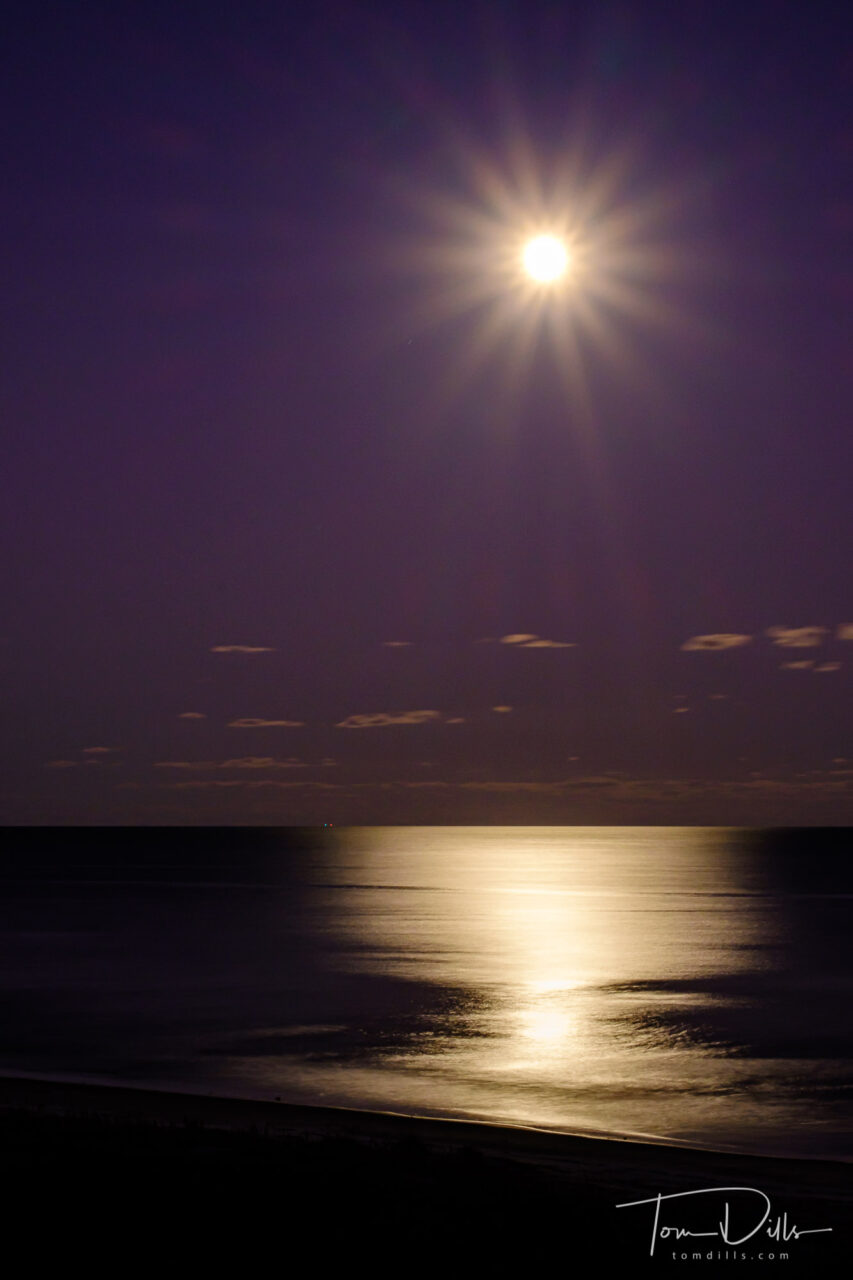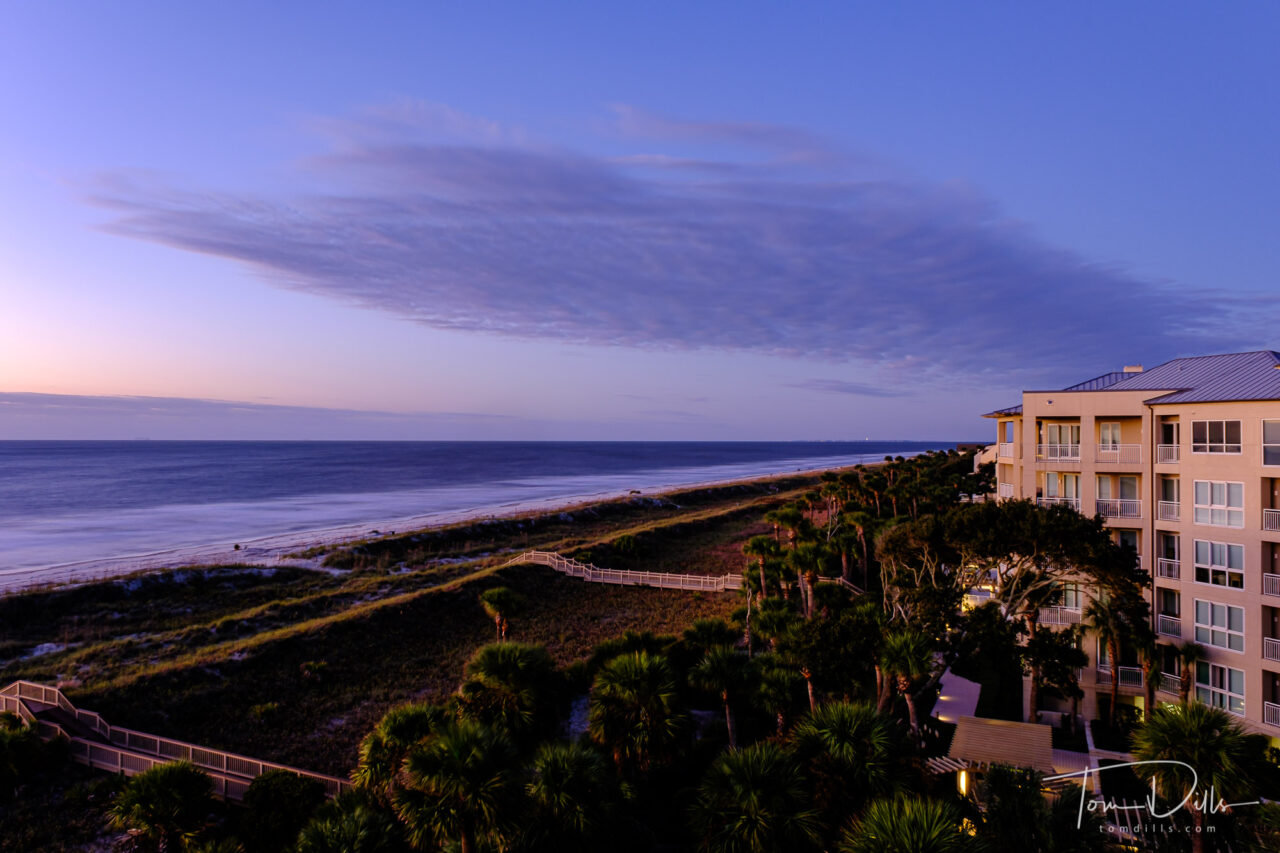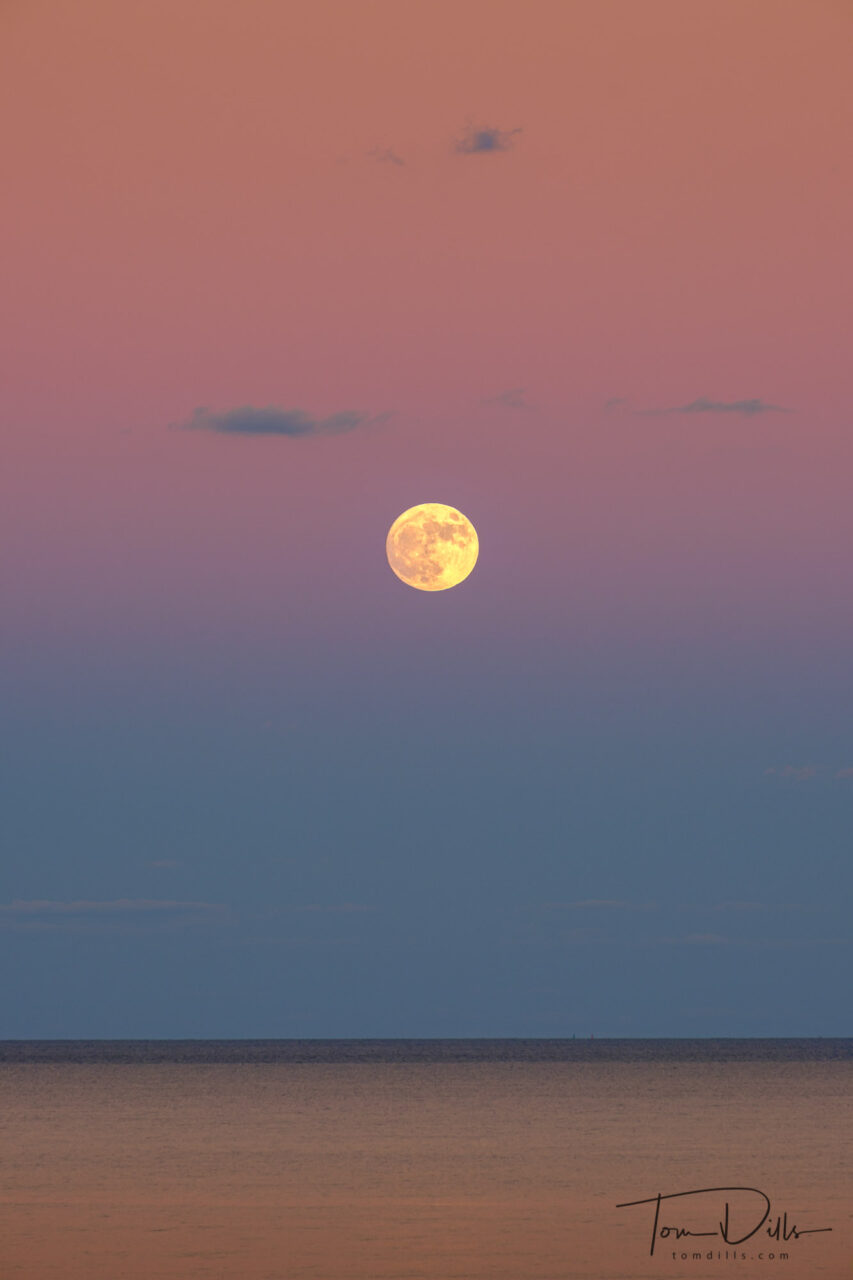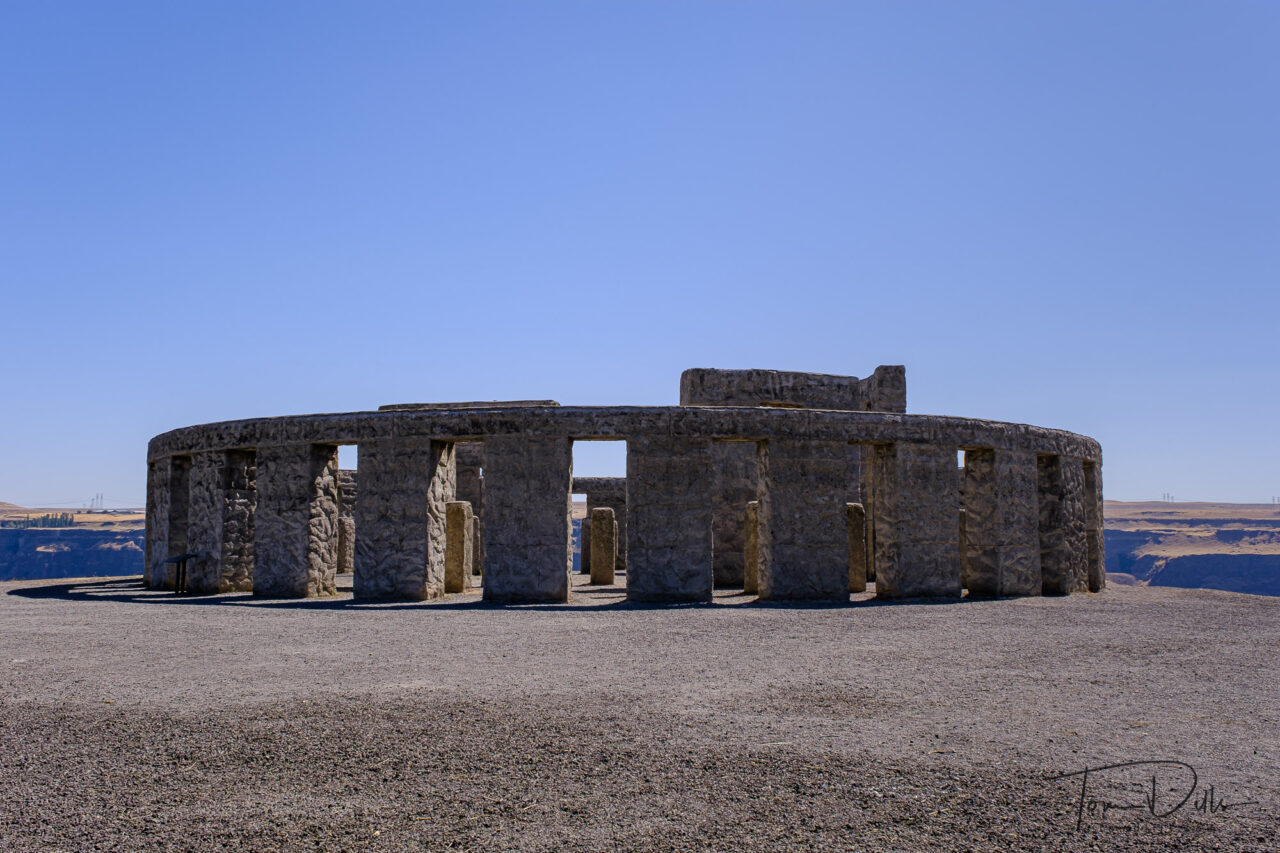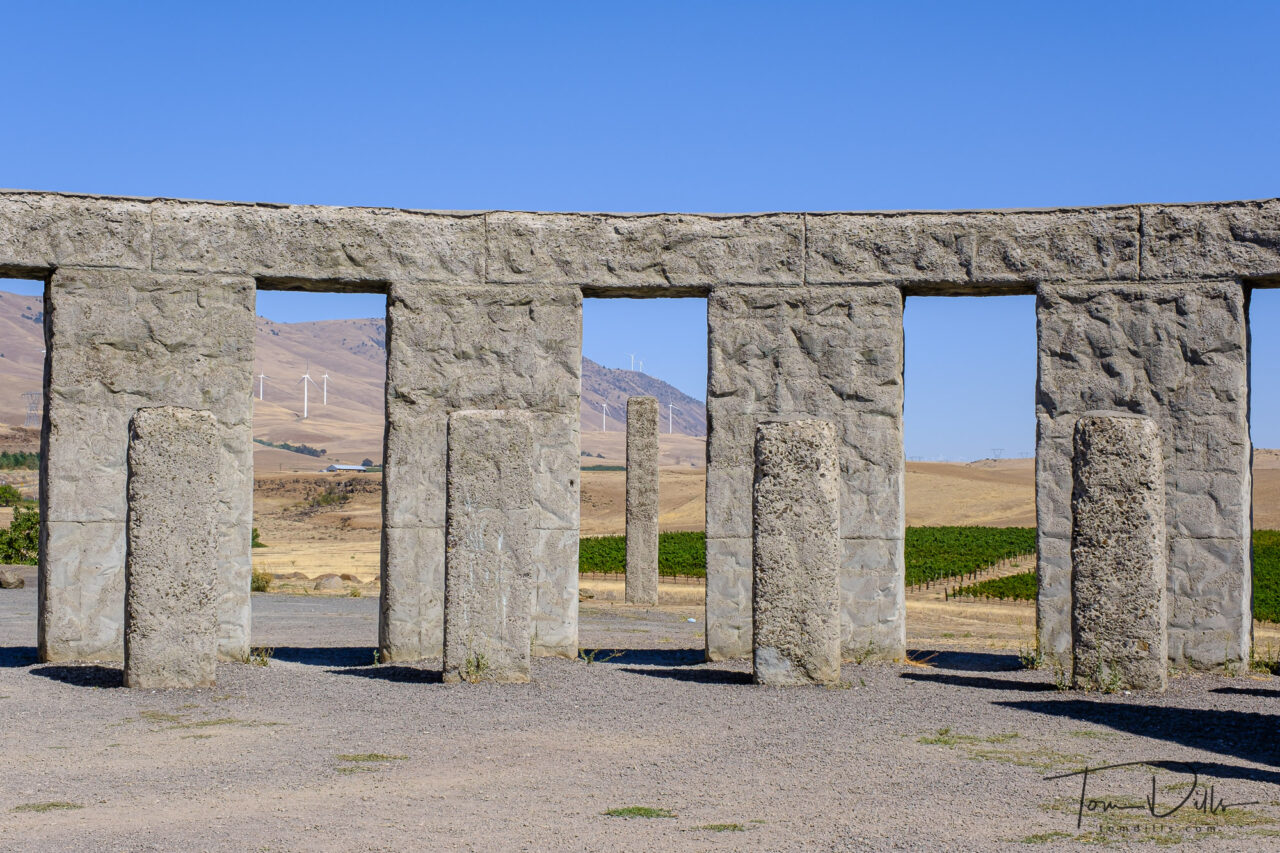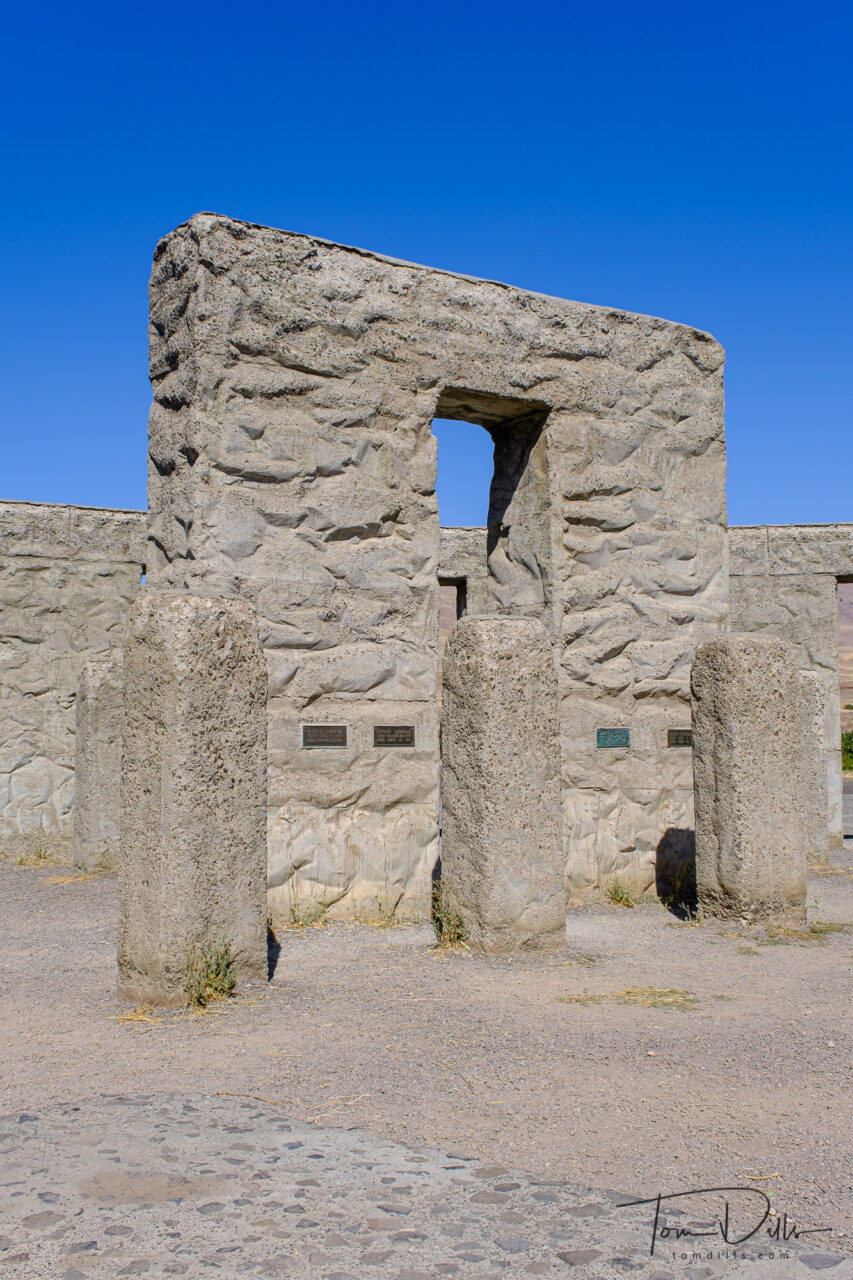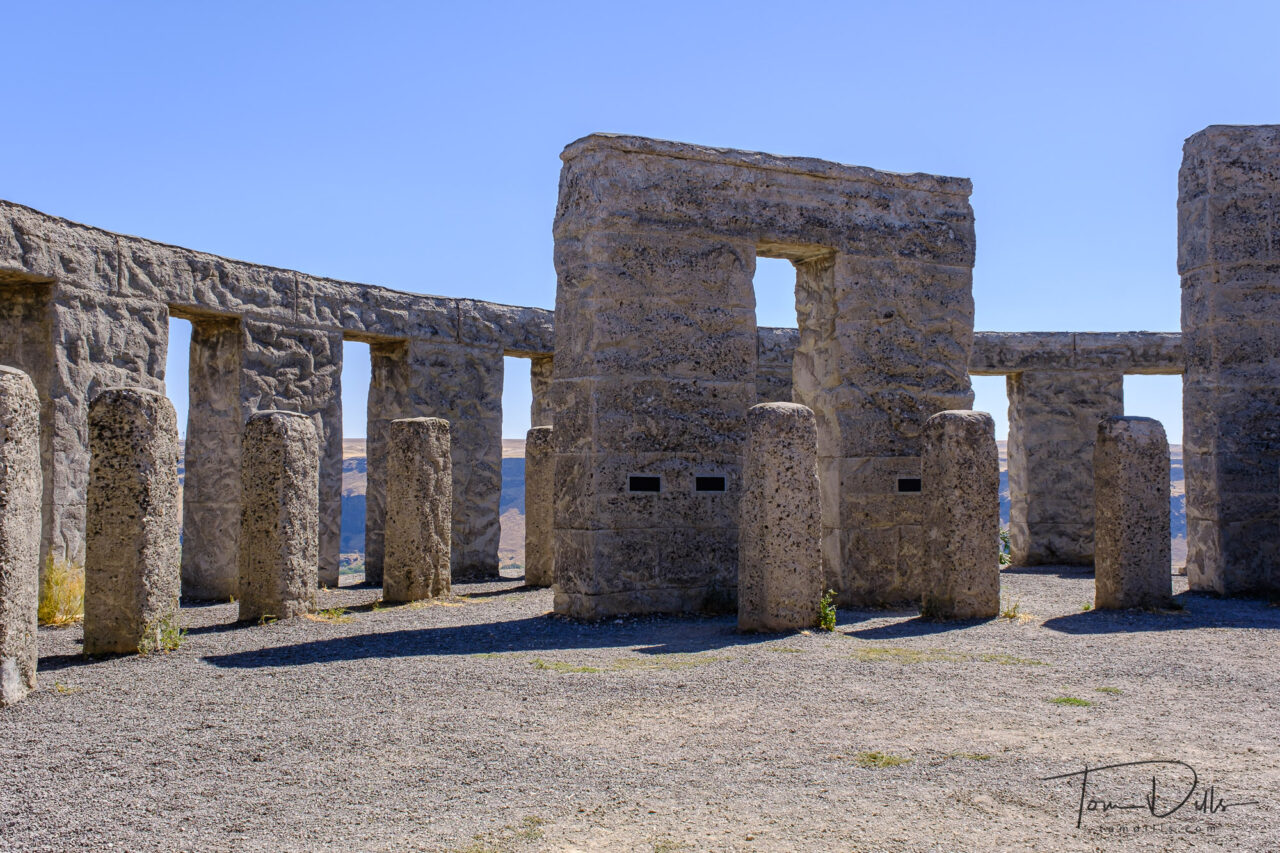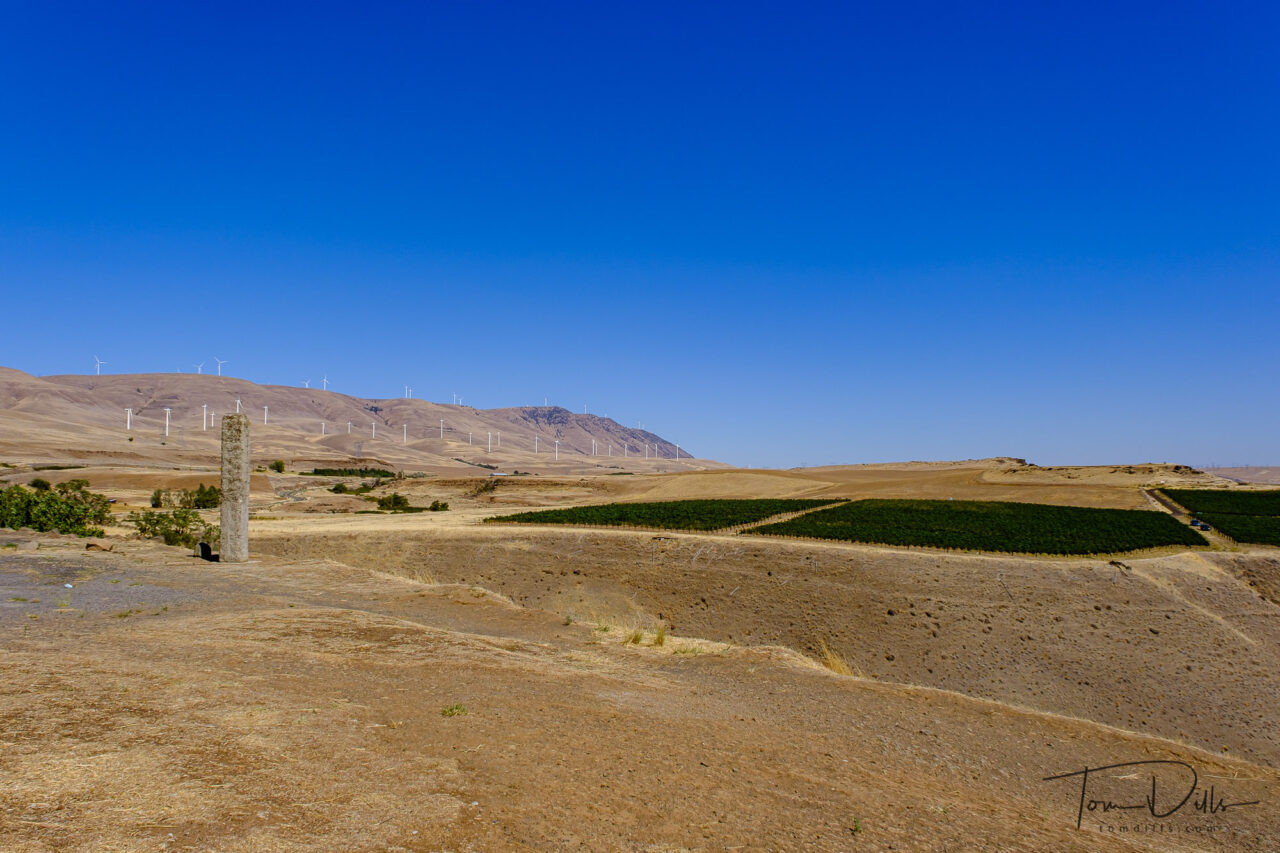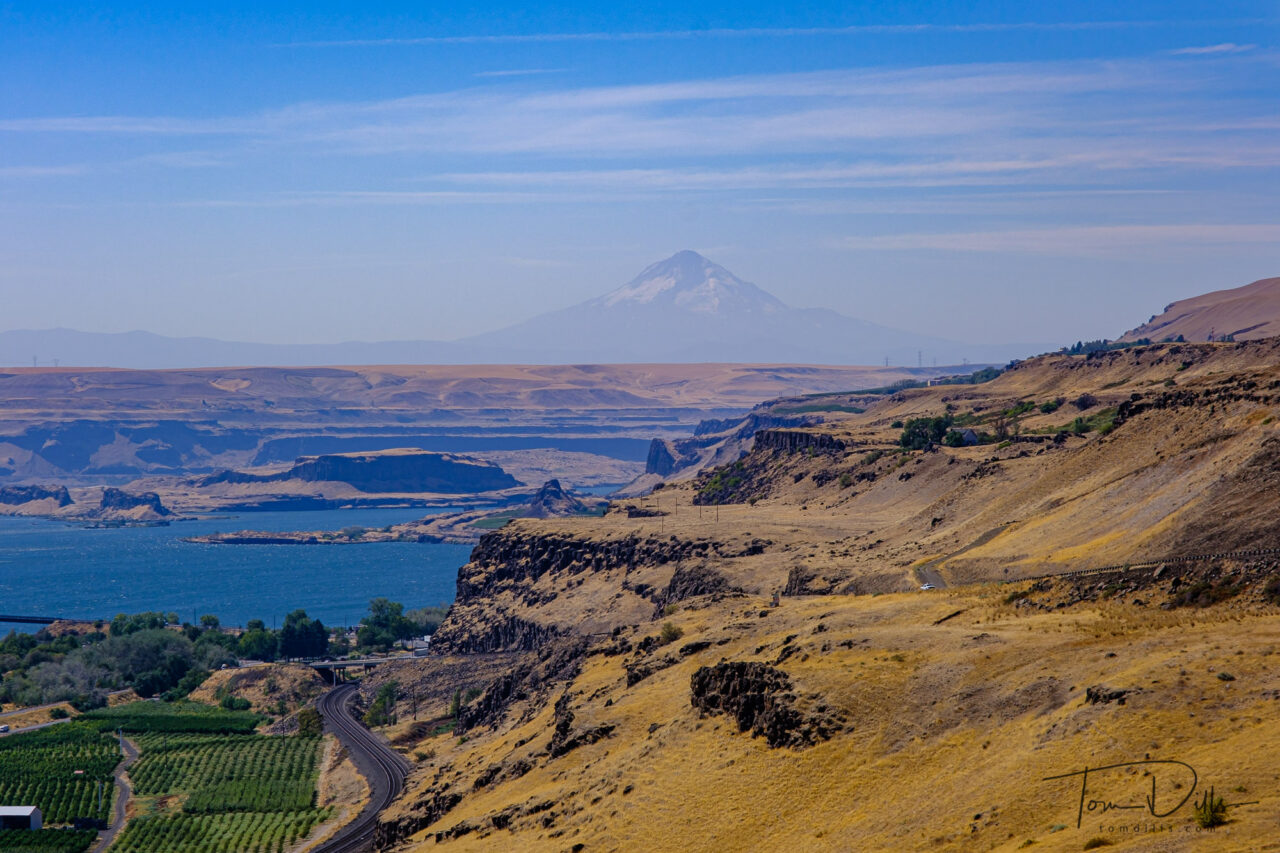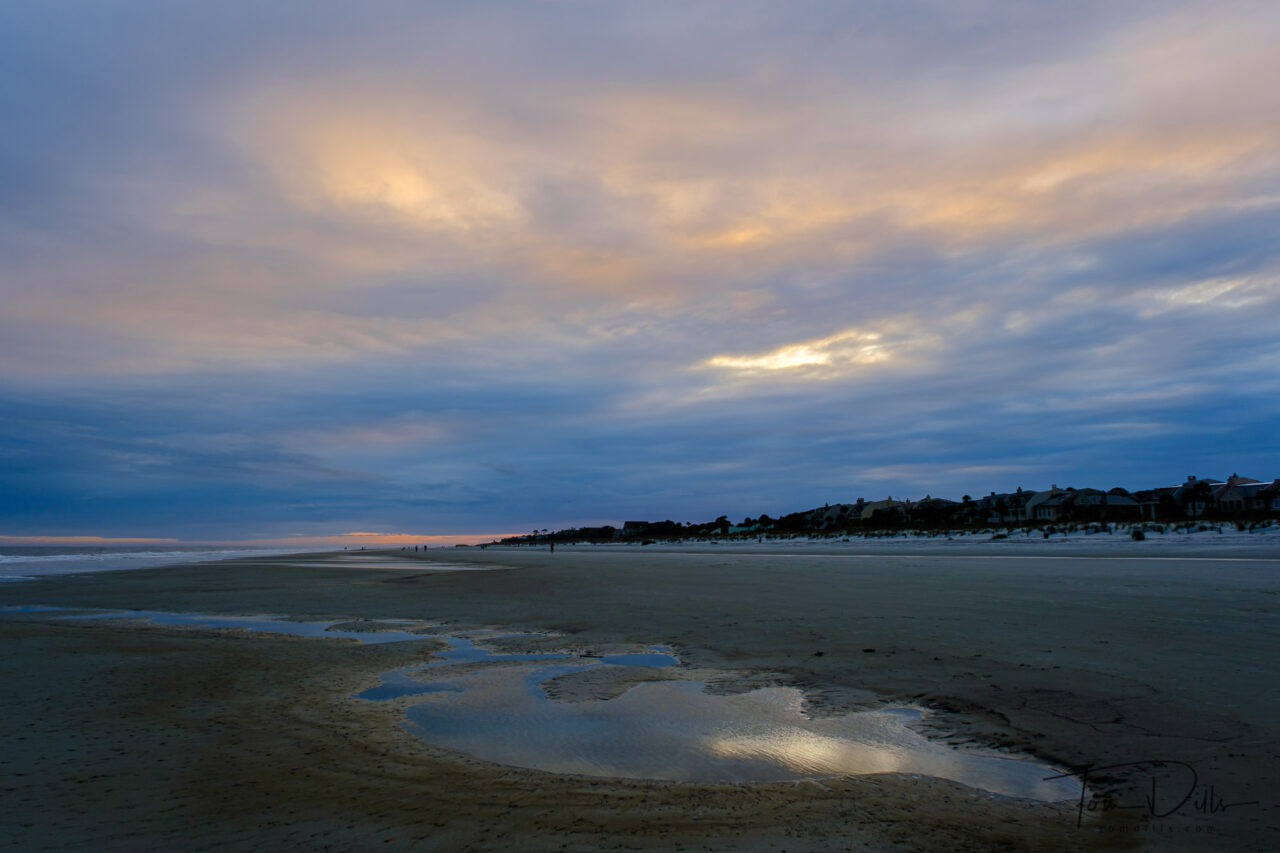
I thought we retired….
In the last few weeks, we’ve taken advantage of a “break in the action” to meet up with a few of our key professional people – medical, legal and financial stuff that we need to address on occasion. On top of that we’ve been working on a few home improvement projects. As a result, the calendar has been “full” of stuff. An appointment on Monday, an in-person meeting yesterday, conference call today, more stuff next week. Aye-yi-yi…feels like we’ve gone back to work! 😉 I realize that it’s nothing compared to the schedules we kept when we were actually working for a living, but it feels….busy! 😉
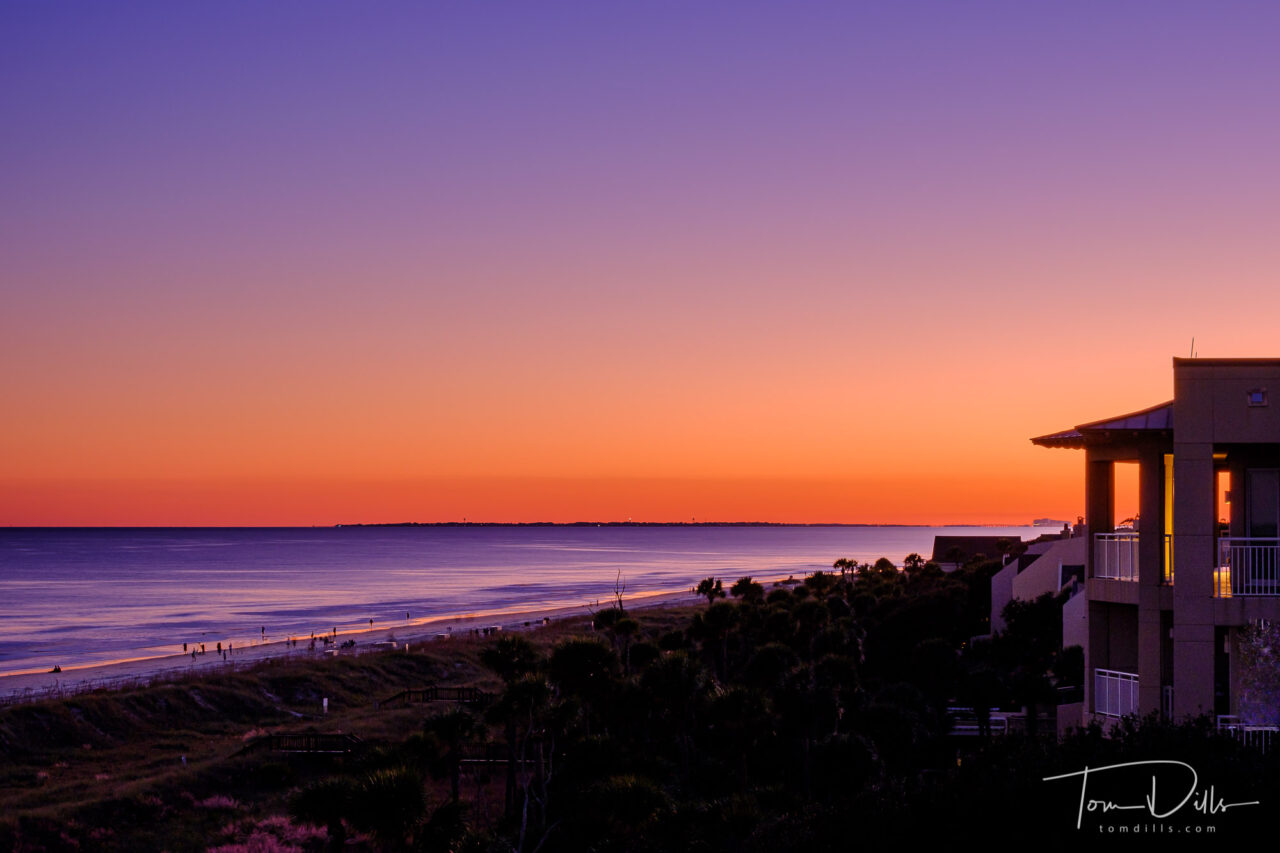
But once we get through next week we’re hopefully pretty much clear sailing through the holidays. Should be more time for important stuff like processing photographs and making blog posts. 🙂
